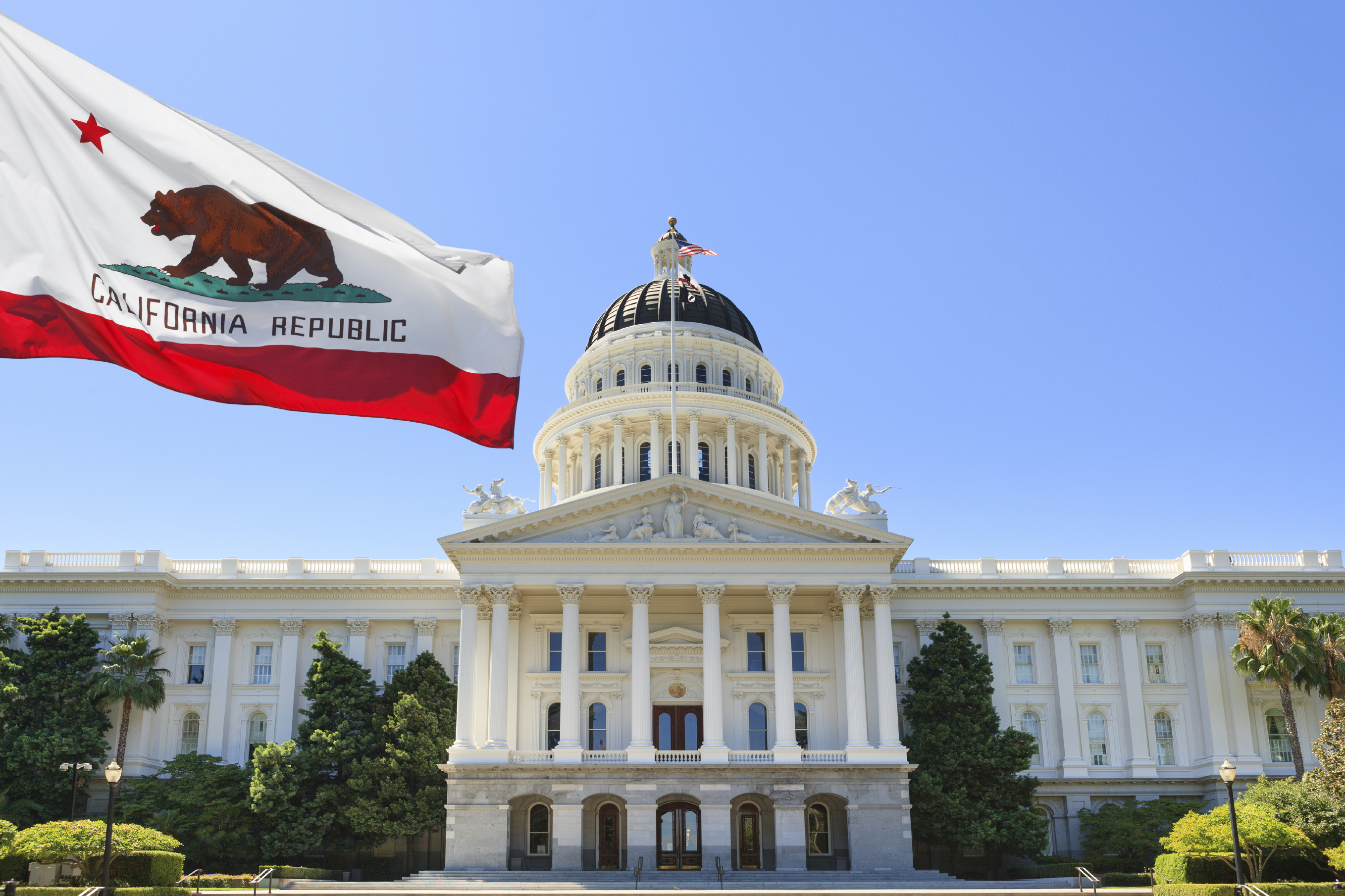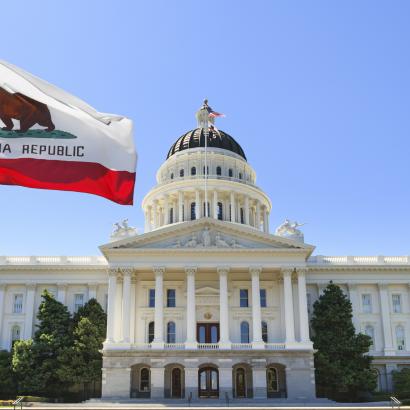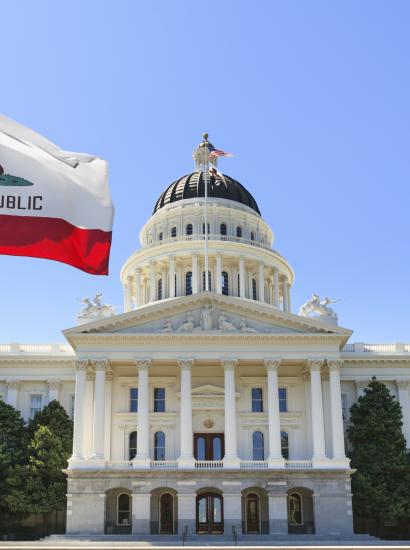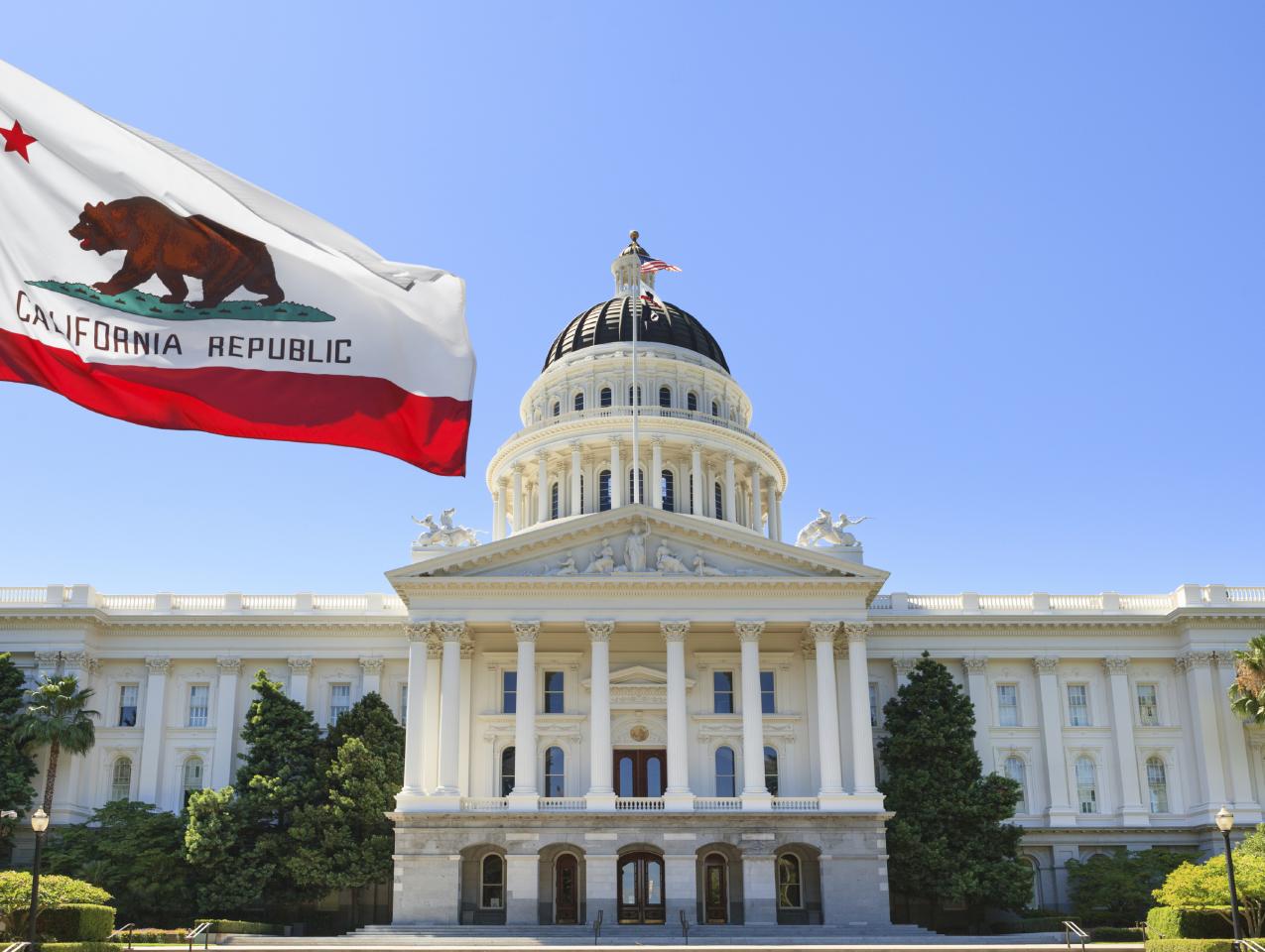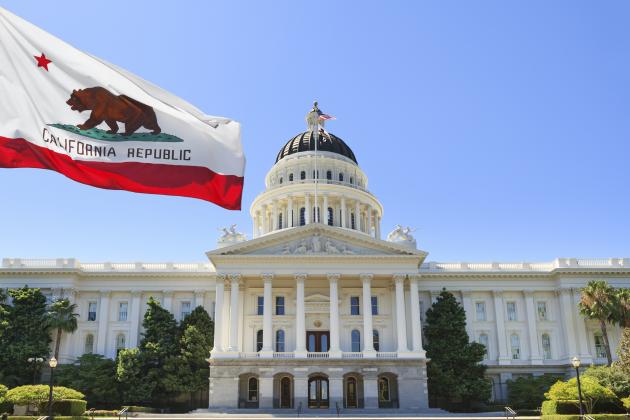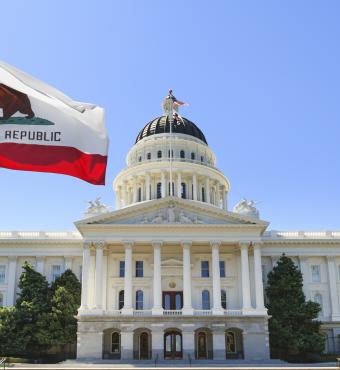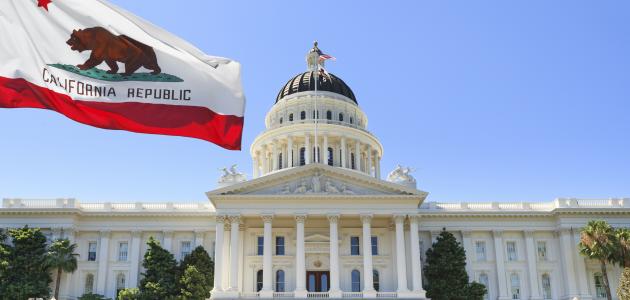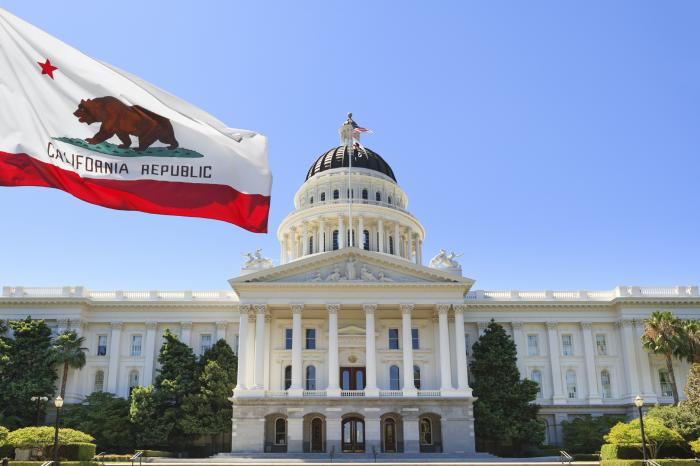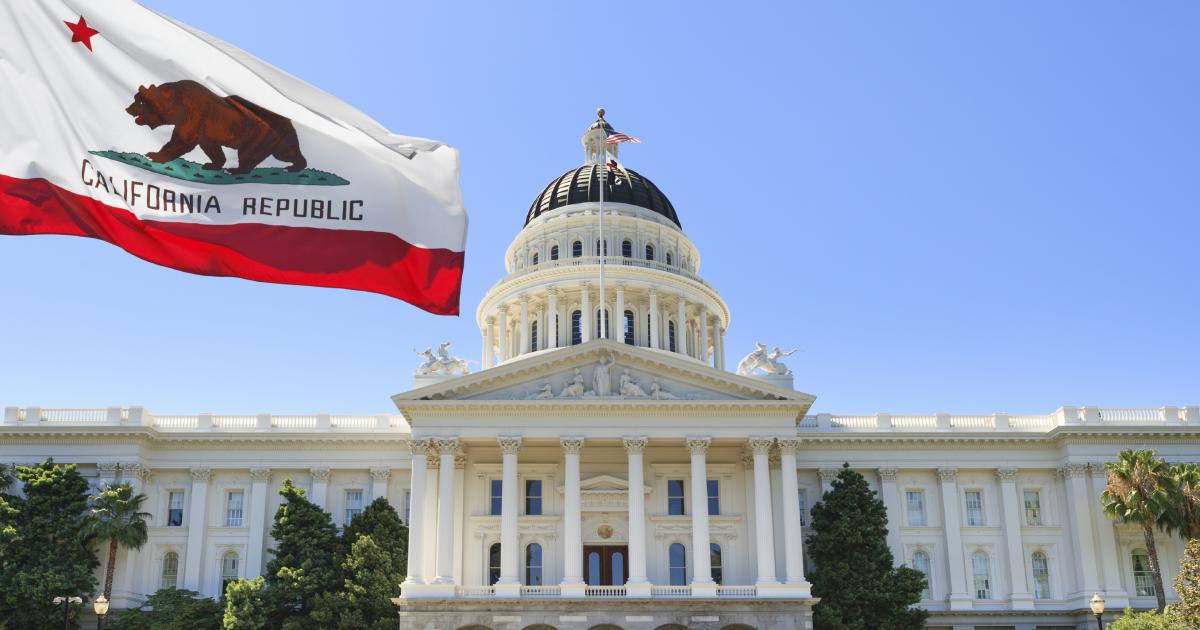- Politics, Institutions, and Public Opinion
- Campaigns & Elections
- State & Local
- California
It’s been a week since Thanksgiving, yet somewhere in California, Governor-elect Gavin Newsom may still be voicing gratitude for his good fortune election-wise.
Newsom didn’t merely win the race to become the Golden State’s fortieth governor. Once the final results are in, he’ll be on the upside of what likely will be the most decisive gubernatorial win in America’s nation-state since 1950 (when Earl Warren sought a third term against Franklin and Eleanor Roosevelt’s son James; three years later, Warren left Sacramento to serve as the fourteenth chief justice of the United States).
How cozy was Newsom’s margin of victory?
For openers, he could have cut back on all the advertising and get-out-the-vote efforts in California’s “Southland” and still easily carried the day. Take away every single vote Newsom earned in Los Angeles and San Diego Counties (collectively, 2.61 million votes), and he’s still ahead in the statewide tally by nearly 110,000 ballots.
Moreover, Newsom’s good fortune seems to have rubbed off on other Democrats. He campaigned for the Democratic ticket in Orange County. Democratic congressional candidates swept that county, traditionally a conservative bastion, in a historical rebuke of Trump-brand Republicanism.
Remember these talking points if, for some reason, Newsom goes half-glass-empty pessimist between now and his January 7 inaugural. What comes to mind is Friends’ Chandler Bing chastising Ross Geller for whining about too many romantic interests (“This must be so hard. ‘Oh no! Two women love me! They’re both gorgeous and sexy! My wallet’s too small for my fifties, and my diamond shoes are too tight!’”).
Actually, there is potential for trouble for the governor-elect on the horizon, and it falls under the category of “too much of a good thing.”
Namely, it’s the thought of too many Democrats sitting in the State Legislature come 2019.
The ballots continue to be processed, so we don’t have the final partisan ratio of the 120 seats in the two legislative chambers next year, but what is certain is that Democrats will have supermajorities in both the State Assembly and the State Senate.
The good news for Newsom is that, barring defections from within the majority caucus, he won’t need Republican votes should there be a push to raise taxes or place constitutional changes on the state ballot. Both require two-thirds approval; ordinarily, it’s the one spot in the legislative process where minority Republicans have leverage.
Now, the potential bad news for Newsom: will those heady numbers go to the supermajority’s head … and tempt Democratic lawmakers to engage in some Sacramento skulduggery—i.e., dare to override a gubernatorial veto?
The last time a California governor suffered such an indignity was almost forty years ago, in the middle of Jerry Brown’s first eight-year run in the State Capitol. In fact, the Legislature overrode Brown vetoes four times during an eight-month stretch.
But since then, all California governors have gone unscathed. It’s a function of Democrats most times lacking the supermajority. But it’s also part of the pas de deux between the two branches of government. To override a gubernatorial veto is seen as … well, sort of unsportsmanlike.
An example of how this works: Three years ago, Brown vetoed a bill that would have allowed terminally ill patients simpler access to experimental treatments as yet unapproved by the federal government. The Legislature didn’t override the veto of the “right to try” bill, even though it received near-unanimous approval (40-0 in the State Senate; 76-2 in the State Assembly).
Why would this suddenly change in a Newsom administration?
There are two reasons, the first being the 2019–20 state budget that will occupy the first six months of the coming legislative year.
The new governor and the newly reconstituted Legislature will have to decide how to divvy up a projected $30 billion surplus (half of which goes to the state’s rainy-day fund). That’s easy enough—far easier to reach common ground on more money, not less.
But what if Newsom were to channel Brown’s more frugal persona and publicly chide lawmakers for wanting to spend extravagantly—in harsher words than any of his predecessor’s “May revise” announcements? After a few weeks at a negotiating impasse, legislative leadership could purposely pass a budget not to the new governor’s liking—and then attempt to override his veto.
The other scenario that could lead to override drama could occur if Newsom takes office and tries to force-feed lawmakers some cod-liver oil.
One such example is pension reform. Brown is leaving Newsom with an estimated $257 billion shortfall in state and school workers’ pension and retiree health care funds. That’s about triple the current projected cost for the controversial state bullet-train project.
Again, a hypothetical: what if Newsom uses his first State of the State to lecture lawmakers on the moral obligation to stop passing along said debt—and proposes that the surplus should be used instead to pay down the state’s “credit card”?
In such a scenario, Democratic lawmakers likely would have a two-word response—those two words not being “good idea.” It’s how feuds begin and gestures escalate.
By the way, the odds of this actually happening are somewhere between a Cleveland Browns’ Super Bowl and Donald Trump’s quitting Twitter.
That’s because Newsom’s first year will entail the need to make good on many expensive campaign promises. Picking a fight with the State Legislature makes more sense in a second term—indeed, Brown’s veto drubbing occurred in the first year after his reelection in 1978.
Besides, Newsom likely knows his California political history. And here, there’s a cautionary tale.
Twenty years ago, Gray Davis became California’s first Democratic governor since Brown left office in 1983. He entered the job with Democrats holding fifty of eighty seats in the State Assembly and twenty-five of forty in the State Senate—not supermajorities, but a super amount of pent-up frustration after sixteen years of Republican governors.
Six months into his first term, Davis said this about his legislative dance partner—the classic case of a bubble thought that shouldn’t have been voiced: “[The Legislature has] a totally different view of the world than I do, totally different. It was my vision that commanded a 20-point victory, the largest victory in 40 years.”
Davis continued: “People expect government to reflect the vision that I suggested. Nobody else in the Legislature ran statewide. Their job is to implement my vision. That is their job.”
Legislators didn’t appreciate the candor. Combined with an economic downturn (the first dot-com bubble burst), it made for tricky navigating in the State Capitol.
Newsom didn’t win by 20 points—more like 23.4.
His wasn’t the largest victory in forty years—more like sixty-eight.
But Newsom will take office with at least three more state senators than in Davis’s first year, plus up to ten more Democrats in the State Assembly.
That’s a lot of friends in high places.
Friends … as long as Governor Newsom manages to keep them on friendly terms.







